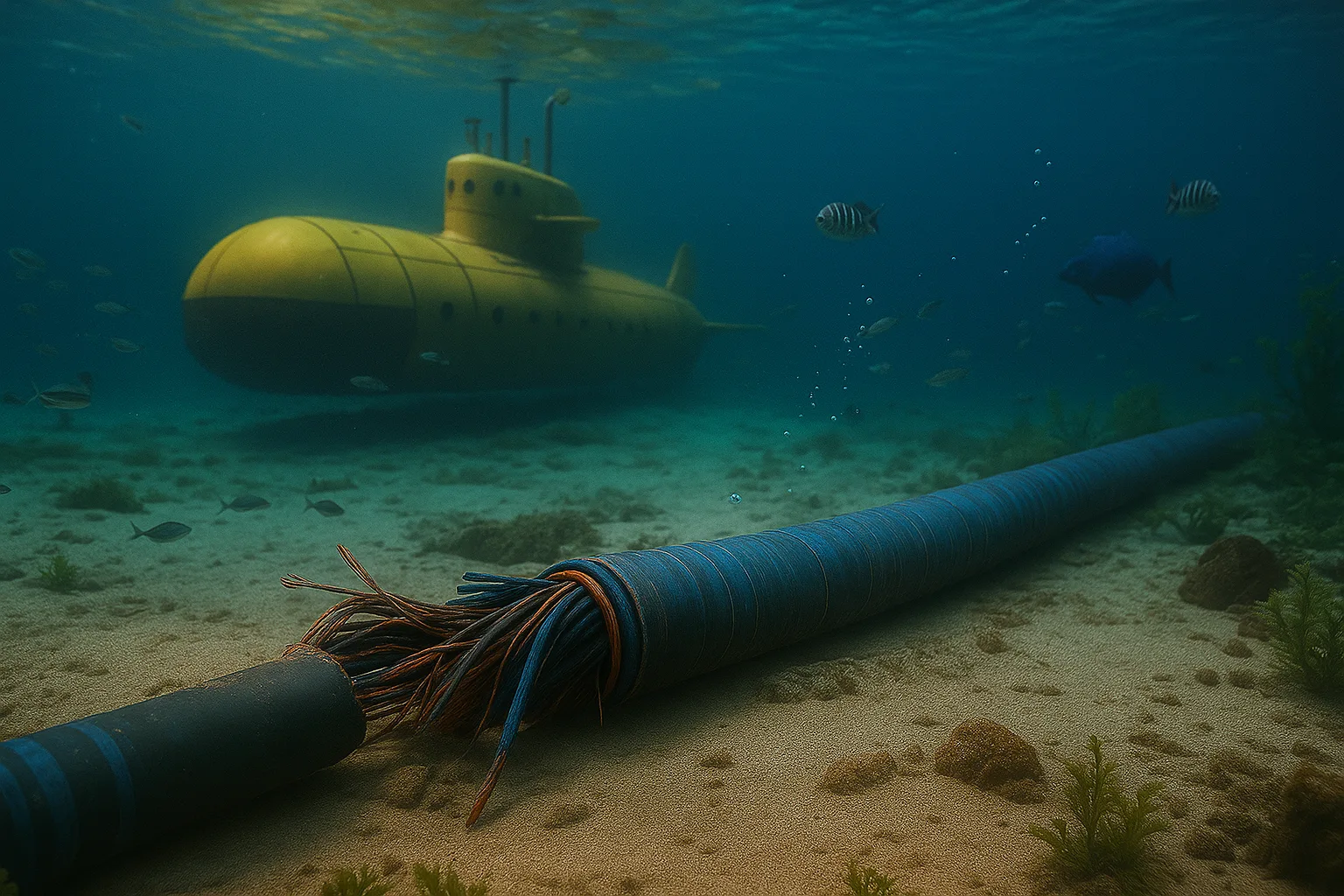Internet Disruptions
On Sunday, September 7, 2025, major internet outages were reported across the Middle East and South Asia after multiple undersea fiber-optic cables were severed in the Red Sea, Microsoft confirmed.
Microsoft’s announcement warned that Azure cloud services might see increased latency, especially for traffic routed through the Middle East, though services bypassing that region remained unaffected.
NetBlocks, an internet-monitoring group, reported “degraded” connectivity in countries including Saudi Arabia, Pakistan, the United Arab Emirates and India, which led to slow speeds and intermittent access as users experienced bumps in performance Al JazeeraReutersAP News.
What Was Affected
- Internet-dependent services and applications across South Asia and the Gulf saw significant slowdowns.
- Cloud workloads hosted in Microsoft Azure experienced lag for operations routing through damaged fibre paths.
- Telecom operators like Du and Etisalat (UAE) reported user complaints of sluggish service, especially during peak hours AP NewsCapacity Media.
Which Cables Were Hit & Why It Matters
The cuts struck critical subsea cables, notably the SEA-ME-WE-4 (South East Asia–Middle East–Western Europe 4) and IMEWE (India–Middle East–Western Europe) systems, both of which land near Jeddah, Saudi Arabia. The FALCON GCX cable was also affected, impacting connectivity to Kuwait.
These cables are part of the internet’s core infrastructure linking Europe, Asia, and the Middle East. Damage in this region has broad ramifications, as vast volumes of global data flow through these routes every day AP NewseuronewsCapacity Media.
Possible Cause
Experts suggest a likely ship anchor dragging across the seabed is the cause—such accidents account for nearly 30% of subsea cable faults annually, often near chokepoints like Bab el-Mandeb Strait at the southern end of the Red Sea.
Security concerns have also been raised amid regional conflict. While Yemen’s Houthi rebels denied responsibility, some officials suspect previous incidents may have been linked to their maritime activity AP News+1euronews.
Fix Timeline & Broader Lessons
Repairing subsea cables is a complex, time-intensive process, often taking weeks. It requires specialized repair ships and favorable maritime permissions, especially in geopolitically sensitive zones like the Red Sea.
The incident underscores the fragility of global digital infrastructure and the need for diversified routing strategies—such as terrestrial cables, satellite links, or redundant paths—to maintain resilience against such outages Tom’s HardwareSupply Chain Digital.
Summary
- Multiple undersea cables were cut near Jeddah, triggering disruptions in India, Pakistan, UAE, Saudi Arabia, and elsewhere.
- Microsoft Azure services reported higher latency due to rerouted traffic.
- NetBlocks confirmed degraded access, with slower speeds and interruptions.
- The likely cause is anchor damage, though security tensions can’t be ruled out.
- Repairs may take time, highlighting vulnerabilities in current infrastructure.










